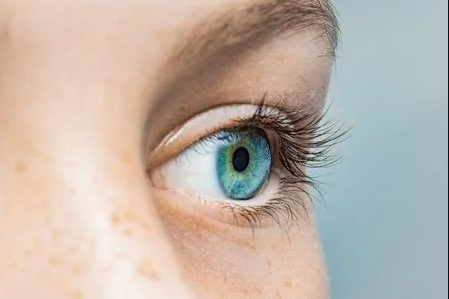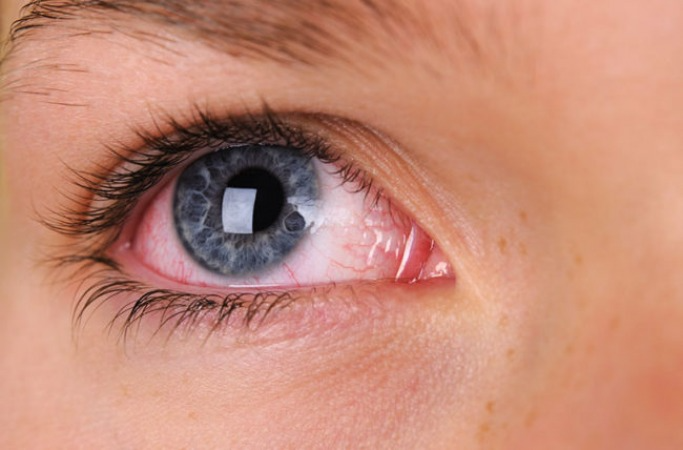Eyelashes are a critical part of our facial features and protect our eyes from dust and other particles. They also give us the perfect frame for beautiful eye makeup. But what happens when your eyelashes get burnt? Do they grow back, or do you have to live with the consequences? In this article, we’ll explore the answer to this question and more as we look into the growth cycle of eyelashes, causes of eyelash loss, treatments that can help them grow back, and tips on how to prevent further damage.
Do burnt eyelashes grow back?
Burnt eyelashes may or may not grow back, depending on the severity of the burn and the extent of damage to the hair follicles.
If the burn is mild and only affects the tips of the eyelashes, the lashes may grow back normally within a few weeks to a couple of months. However, if the burn is more severe and damages the hair follicles, the lashes may not grow back at all or may grow back thinner, shorter, or more sparse than before, just as in the case where the eyelashes have been cut, they have difficulty growing back.
It’s important to note that repeatedly exposing your eyelashes to heat or flames can cause long-term damage that may make it difficult for new lashes to grow back. Additionally, burning your eyelashes can also cause irritation, redness, and inflammation in the surrounding area, which can further interfere with the growth of new lashes.
If you have burnt your eyelashes, it’s important to avoid further heat exposure and seek medical attention if you experience any pain, swelling, or other symptoms. In some cases, your doctor may recommend topical treatments or medications to help promote hair growth and prevent further damage.

Treatments That Can Help Grow Back Burnt Lashes
If you’ve experienced sudden or gradual lash loss due to burns, there are several treatments available that can help promote regrowth, including medication prescribed by your doctor, such as minoxidil, which works by stimulating blood flow around hair follicles, thereby promoting healthier hair growth overall; laser therapy; applying castor oil directly onto affected areas every night before bedtime; using specialized lash serums specifically designed for damaged or thinned-out lashes; wearing false or synthetic lashes temporarily while natural ones heal themselves back up again gradually over time, etc. It’s important not to forget a regular upkeep routine when dealing with damaged lashes, so make sure you’re taking extra care while cleaning off any residual makeup residue left behind after every application session and gently brushing through them daily using clean spoolies or mascara wands. Lastly, never underestimate the power of good quality sleep! Lack thereof could potentially speed up the rate at which existing strands shed prematurely, leading to an even greater risk of experiencing further damage going forward. So aim to try to get at least 7 hours of solid shut-eye whenever possible!
How To Prevent Further Damage To Your Lashes
To ensure your natural lashes stay healthy and strong, follow these simple tips:
- always remove makeup thoroughly before bedtime using gentle cleansers specially formulated for sensitive skin types
- use non-waterproof mascaras instead of opting for waterproof formulas to avoid irritation and pulling out too many strands during the removal process
- be careful when applying extensions or false strip falsies and only trust a professional stylist who knows exactly what they’re doing in order to reduce the chance of damaging your own set of real lashes underneath.
Additionally, opt for products containing nourishing ingredients such as Vitamins A, C, E, D, K, Biotin, and Folic Acid to strengthen the structure, curl, and shape of your lashes and encourage rapid growth and development throughout the entire cycle mentioned earlier. Plus, don’t forget about daily supplements mentioned previously, alongside drinking plenty of water throughout the day to maintain an optimal level of hydration! Last but not least, visit a dermatologist regularly to check whether any underlying issues are present and need addressing accordingly. Don’t be afraid for nothing either: it’s normal for your eyelashes to fall out – it’s simply the normal life cycle of eyelashes.

